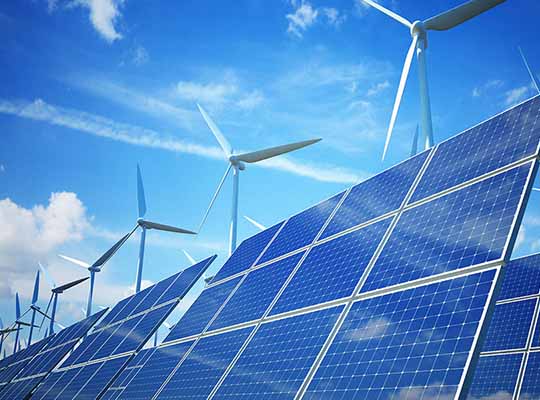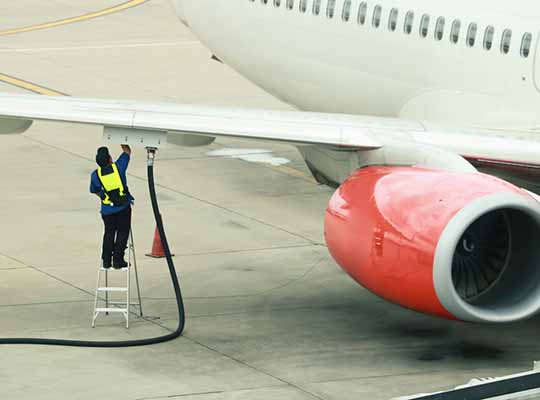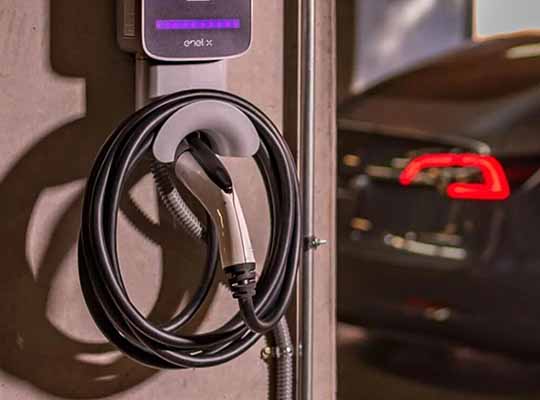VALLEY FORGE — PJM Interconnection, grid operator for 65 million people across 13 states and the District of Columbia, released the initial results of a multiphase, multiyear effort to study the potential impacts of an evolving resource mix, including the accelerating integration of renewable resources.
The “Energy Transition in PJM: Frameworks for Analysis” paper reflects PJM’s five-year strategy, which is built on three pillars – enabling state and federal decarbonization policies, planning for the grid of the future, and fostering innovation. This “living study” will help PJM identify gaps and opportunities in the current market construct and provide insights into the future of market design, transmission planning and reliable system operations.
“As the generation mix continues to rapidly evolve in PJM, we must be ready to maintain the reliable, cost-effective delivery of electricity at all times,” said PJM President and CEO Manu Asthana. “This study represents an important step in understanding how PJM can best work to facilitate the energy transition and make the grid of the future possible.”
In the study, PJM synthesized the diverse set of state policies within its footprint into three scenarios in which an increasing amount of energy is served by renewable generation on an annual basis (10%, 22% and 50%), up to 70% carbon-free generation when combined with nuclear generation. Currently, renewables represent approximately 6% of the annual energy, a total of over 40% carbon-free when combined with nuclear’s contribution to the energy mix in 2020.
The study’s initial findings suggest five key focus areas for PJM’s stakeholder community and delineate the subsequent phases of the study:
- Correctly calculating the capacity contribution of generators is essential: A system with increased variable resources will require new approaches to adequately assess the reliability value of each resource and the system overall.
- Flexibility becomes increasingly important with growing uncertainty: The study reaffirmed the need for operational flexibility to address the uncertainty of variable resources. Findings include 50% steeper net-load ramping periods, frequent dispatch of generators to their economic minimum, and lower capacity factors for thermal resources.
- Thermal generators provide essential reliability services today and an adequate supply will be needed until a substitute is deployed at scale: PJM and stakeholders must ensure that the market structure provides the right incentives to maintain these reliability services.
- Regional markets facilitate a reliable and cost-effective energy transition: The economies of scale, geographical diversity and robust transmission system of PJM Interconnection can serve to facilitate the reliable and cost-effective integration of renewable resources. Expected increases in congestion, renewable curtailments and interchange with other regions suggest opportunities for strategic regional transmission expansion as well as storage and grid-enhancing technologies.
- Reliability standards must evolve: As the penetration of distributed energy resources (DER) increases on the grid, further blurring the conventional boundaries between transmission and distribution systems, it will be critical to establish appropriate standards for performance, cybersecurity and reliability for DER. As PJM’s markets, operations and transmission planning functions evolve to facilitate renewable resource integration, so should reliability standards across interdependent infrastructure such as gas, water and telecommunications.
This exploration of renewable integration is one of multiple, concurrent initiatives in which PJM is serving as an independent authority for data and analysis to help facilitate decarbonization and build the grid of the future. It includes PJM’s ongoing work with stakeholders in 2021 to:
- Identify reliability challenges (Reliability in PJM: Today and Tomorrow white paper)
- Address resource adequacy, interconnection and planning process reforms through the stakeholder process
- In collaboration with stakeholders, develop landmark proposals to the Federal Energy Regulatory Commission on the planning of the future grid and the regulation of distributed energy resources
- Work with coastal states on potential regional solutions to offshore wind buildout (Offshore Wind Transmission Phase 1 study)
All of this work will continue in 2022.













